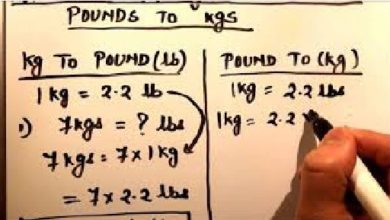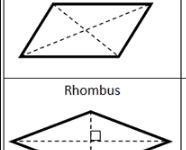Is a Rectangle a Parallelogram?
A rectangle and a parallelogram are both four-sided shapes, but they have distinct characteristics that set them apart from one another.
A rectangle is a four-sided shape with opposite sides that are equal in length and opposite angles that are right angles (90 degrees). This means that all of the angles in a rectangle are right angles, and all of the sides are of equal length. The opposite sides of a rectangle are parallel and of equal length, and the opposite angles are right angles. A rectangle can be defined as a special case of a parallelogram, in which opposite sides are parallel and of equal length and opposite angles are right angles.
A parallelogram, on the other hand, is a four-sided shape with opposite sides that are parallel and equal in length. However, unlike a rectangle, the angles in a parallelogram are not necessarily right angles. This means that the opposite angles in a parallelogram may not be equal in measure. A parallelogram can have angles that are obtuse, acute, or right angles.
So, a rectangle is a specific type of parallelogram, in which all angles are right angles and opposite sides are equal in length. It can be said that a rectangle is a parallelogram with special properties. For example, a rectangle with side lengths 3 and 4, would be a parallelogram with side lengths 3 and 4 as well, but it’s not a parallelogram with side lengths 4 and 5 because all angles are not right angles.
In summary, every rectangle is a parallelogram, but not all parallelograms are rectangles. A rectangle is a special case of a parallelogram, with the added constraint that all angles must be right angles and the opposite sides are equal in length.

